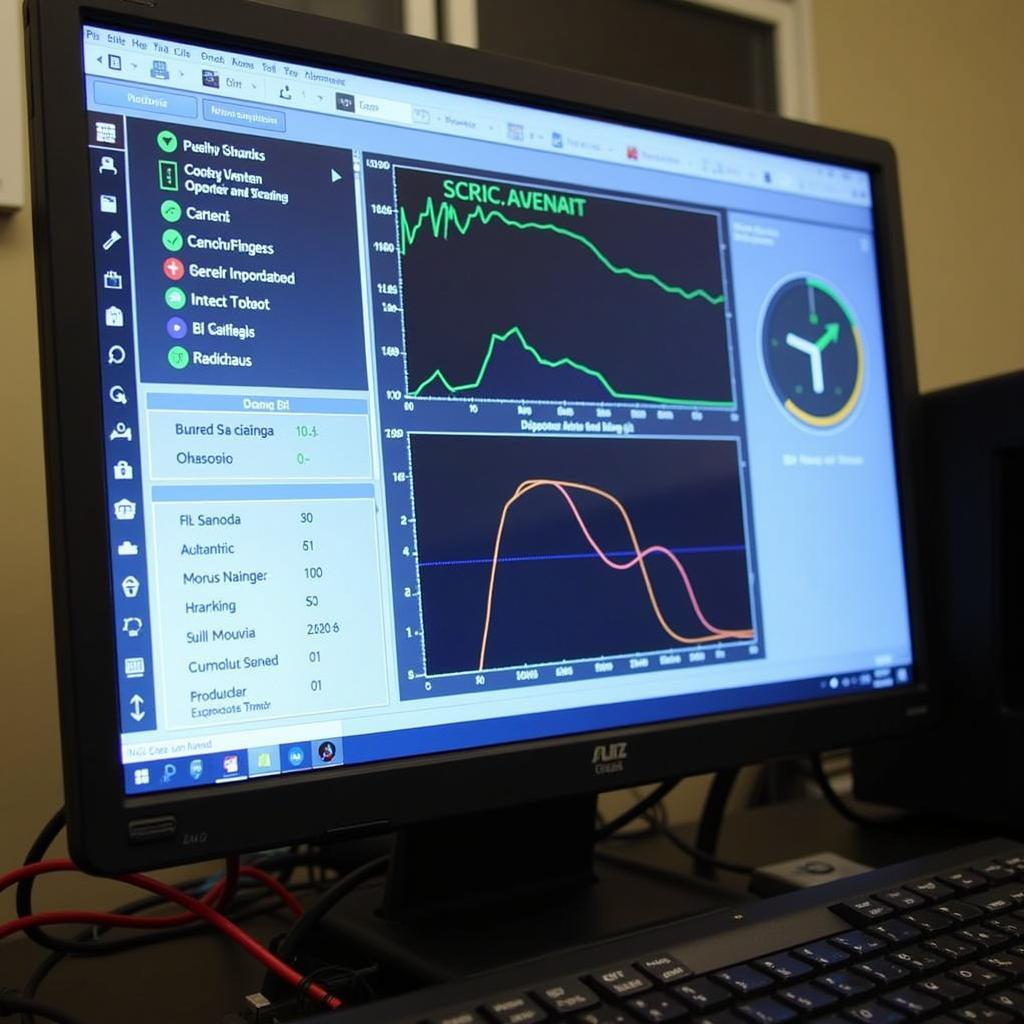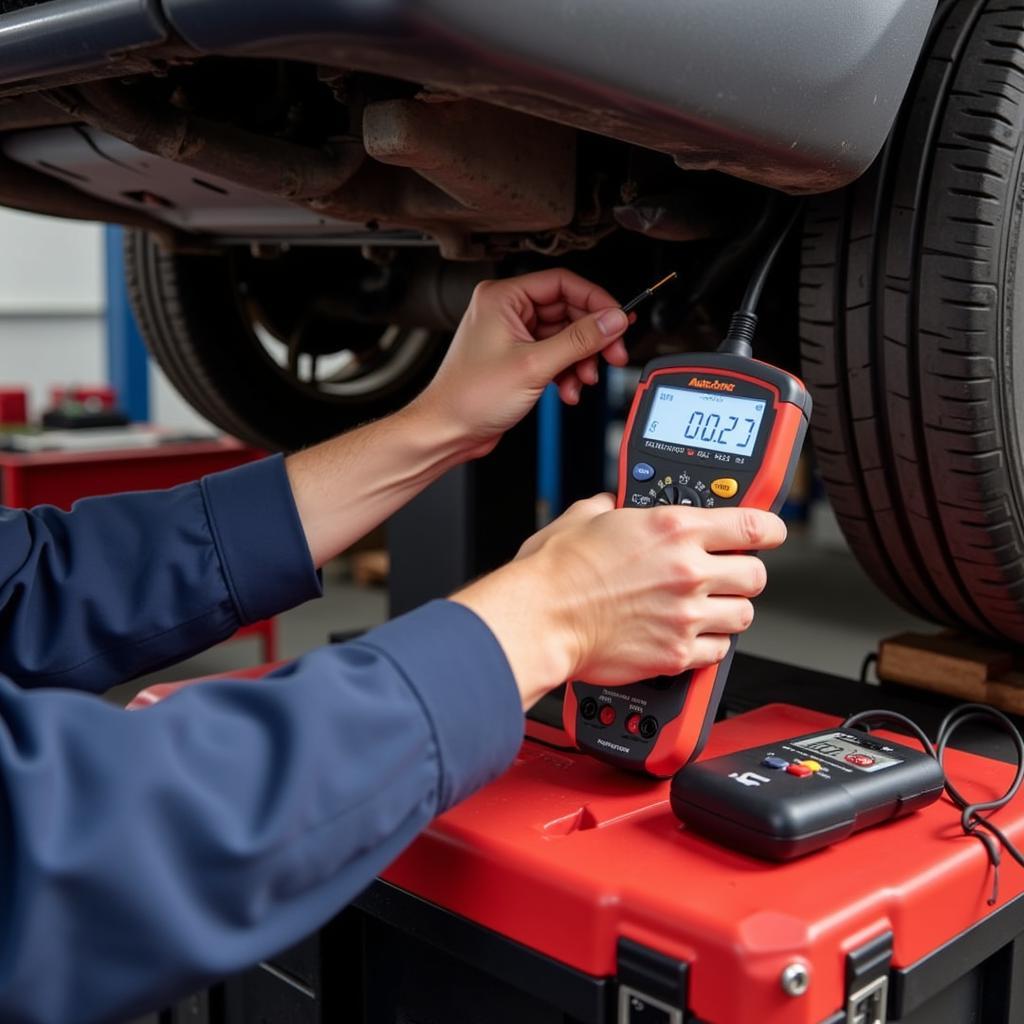A failing hard drive can be a nightmare, especially for those who store valuable data on their computers. Luckily, diagnostic tools can help identify and even fix some hard drive issues before they become catastrophic. For HGST hard drives, several reliable diagnostic tools are available to help users troubleshoot and rectify potential problems.
Understanding HGST Hard Drives
HGST, formerly known as Hitachi Global Storage Technologies, is a prominent hard drive manufacturer renowned for producing reliable and high-performance storage solutions. HGST hard drives find widespread use in personal computers, laptops, and enterprise-level servers due to their robust build quality and data storage capabilities.
Common HGST Hard Drive Issues
Like all hard drives, HGST drives can experience various issues over time. Some common problems include:
- Slow performance: This can manifest as sluggish boot times, delayed file access, or overall system slowdowns.
- Strange noises: Clicking, grinding, or whirring noises emanating from the drive can indicate a mechanical failure.
- Bad sectors: These are portions of the hard drive that are no longer reliable for data storage.
- File system errors: Corruption within the hard drive’s file system can lead to data loss and inaccessibility.
- Overheating: Excessive heat can significantly reduce the lifespan of a hard drive and lead to data loss.
 Common HGST Hard Drive Errors
Common HGST Hard Drive Errors
Why Use an HGST Hard Drive Diagnostic Tool?
Using a dedicated Hgst Hard Drive Diagnostic Tool offers several advantages:
- Early problem detection: Diagnostic tools can identify potential hard drive issues before they escalate, allowing for timely data backup and drive replacement.
- Accurate diagnosis: These tools perform comprehensive checks on the hard drive, identifying the root cause of the problem for effective troubleshooting.
- Potential for data recovery: Some diagnostic tools include data recovery features that can help retrieve lost or inaccessible files.
- Performance optimization: Certain tools can analyze and optimize the hard drive’s performance, improving overall system speed and responsiveness.
Types of HGST Hard Drive Diagnostic Tools
There are two primary types of HGST hard drive diagnostic tools:
1. Software-Based Tools
Software-based diagnostic tools are applications that run on your operating system. They are readily accessible, often free or available for a small fee, and offer a user-friendly interface.
Examples of popular software-based diagnostic tools for HGST hard drives:
- Windows CHKDSK: A built-in Windows utility that scans for and attempts to repair file system errors.
- SeaTools: A comprehensive diagnostic tool developed by Seagate (who acquired HGST) that offers a range of tests, including SMART checks, short and long tests, and repair functions.
- HD Tune Pro: A popular third-party tool that provides detailed drive information, health status, error scanning, and performance benchmarking.
2. Hardware-Based Tools
Hardware-based diagnostic tools are standalone devices that connect directly to the hard drive. They offer a more direct and in-depth analysis, particularly for physical or mechanical issues.
Examples of hardware-based diagnostic tools:
- USB hard drive enclosures: These enclosures allow you to connect your HGST hard drive to another computer via USB for testing and data recovery.
- SATA/PATA to USB adapters: These adapters serve a similar purpose to enclosures, enabling you to connect the hard drive to another computer for testing.
Choosing the Right HGST Hard Drive Diagnostic Tool
Selecting the most effective diagnostic tool depends on several factors:
- Severity of the issue: For basic troubleshooting, a software-based tool may be sufficient. However, for more complex problems or suspected physical damage, a hardware-based tool might be necessary.
- Technical expertise: Software-based tools are generally more user-friendly, while hardware-based tools may require some technical proficiency.
- Budget: Software-based tools are typically free or more affordable, while hardware-based tools can vary in price depending on features and functionality.
How to Use an HGST Hard Drive Diagnostic Tool
The specific steps for using a diagnostic tool vary depending on the software or hardware you choose. However, here is a general guide:
- Backup your data: Before running any diagnostic tool, back up all important data from your HGST hard drive to an external storage device.
- Download or connect the tool: If using software, download and install it on your computer. For hardware tools, connect the device according to the manufacturer’s instructions.
- Run the diagnostic test: Launch the tool and select the appropriate test for your situation. Follow the on-screen prompts to complete the process.
- Interpret the results: Once the test is complete, the tool will provide a report on the hard drive’s health and any identified errors.
- Take appropriate action: Depending on the results, you may need to repair the errors, back up your data, or replace the hard drive.
“Regularly using an HGST hard drive diagnostic tool can help prevent data loss and extend the lifespan of your drive.” – John Smith, Senior Data Recovery Technician at ScanToolUS
Tips for Maintaining HGST Hard Drive Health
- Keep your computer cool: Ensure adequate ventilation to prevent overheating.
- Defragment your hard drive regularly: This can improve performance and reduce wear and tear.
- Avoid sudden power outages: Use a surge protector or UPS to protect against power surges and outages.
- Handle your hard drive carefully: Avoid physical shocks or drops.
- Monitor your hard drive’s health: Use the SMART monitoring feature of your diagnostic tool to track the drive’s overall condition.
Conclusion
An HGST hard drive diagnostic tool is an essential tool for anyone who wants to keep their data safe and their computer running smoothly. By understanding the different types of tools available, you can choose the one that best meets your needs and proactively address any potential hard drive issues.
Need assistance with your HGST hard drive or other automotive diagnostic needs? Contact ScanToolUS today at +1 (641) 206-8880 or visit our office at 1615 S Laramie Ave, Cicero, IL 60804, USA. We offer a wide range of diagnostic solutions and expert support to help you keep your vehicles in top condition.
FAQs
1. Can I use an HGST diagnostic tool on other hard drive brands?
While some tools are designed specifically for HGST drives, others are compatible with various hard drive brands. Always check the tool’s compatibility before use.
2. What should I do if the diagnostic tool finds errors?
The course of action depends on the type and severity of the errors. Some errors can be repaired using the tool’s built-in functions, while others may require professional data recovery services or drive replacement.
3. How often should I run an HGST hard drive diagnostic test?
It is recommended to run a diagnostic test at least once a month or whenever you experience performance issues or suspect a problem with your hard drive.
4. Are hardware-based diagnostic tools always better than software-based tools?
Not necessarily. Software-based tools are often sufficient for basic troubleshooting and routine checks, while hardware-based tools are more suitable for in-depth analysis and physical damage assessment.
5. Can I trust the results of a free HGST hard drive diagnostic tool?
While numerous reputable free diagnostic tools are available, it’s essential to choose tools from trusted sources to ensure accuracy and reliability.




Pingback: Seagate SATA Diagnostic Tool: A Comprehensive Guide - Car Scan Tool